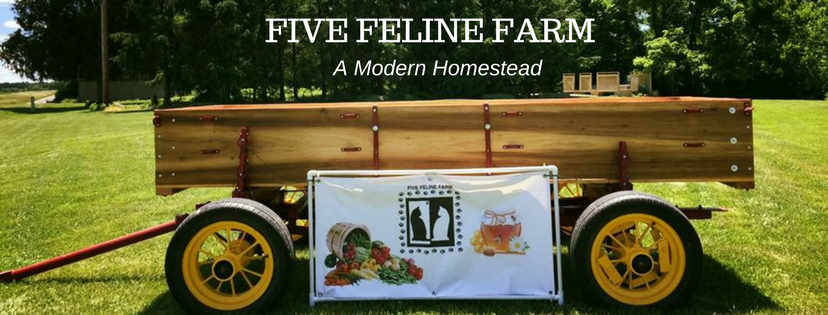Chive blossoms are more than just a pretty decoration at the end of an oniony stalk. These delicate purple blooms are edible. Pick whole blossoms by pulling gently at the base of the flower to pop off the entire bloom. Give them a quick rinse and dry on a paper towel or drying rack. You can even use a salad spinner.
After most of the bloom is dry (don’t worry about every drop of water evaporating), grasp the stem end in one hand and pluck out the tiny blossoms with the other. These individual blooms will pull out several at a time.
My favorite way to use chive blossoms is stir into mashed potatoes just after mashing. The blooms add a faint chive flavor plus a splash of color.
Another option is to include a handful in each layer of au gratin potatoes. The color stands out against the creamy white sauce and golden yellow cheese.
Salads are an additional tasty place to use these blooms. Sprinkle a few across the top of a green lettuce salad for an unusual color addition.
This year, the blooms are abundant and I experimented with freezing the blooms for later use. After washing and drying, pull apart the blooms. Spread in a single layer on a parchment lined cookie sheet and freeze for several hours or overnight. Pack in crush proof containers or freezer bags. After a week in the freezer, I tested some by sprinkling over grilled cheesy potatoes. Just like fresh picked. I expect to use these throughout the winter.
To make grilled potatoes:
Slice four to five medium potatoes onto a large sheet of heavy duty foil. Drizzle one tablespoon of olive oil over the potatoes. Salt and pepper to taste. Fold over the foil to seal tightly. Place over hot coals on charcoal grill turning occasionally for about 20 minutes. Remove from grill, open the packet and sprinkle with a half cup of shredded cheese and a handful of fresh or frozen chive blossoms. Close the packet for three to four minutes or until the cheese has melted.
Thank you for your interest in Five Feline Farm. While you’re here on the website, if there is anything you need from Amazon.com, please link through one of the books on the left. You do not need to order the book, but anything you do buy will give us a small referral fee.
And try some chive blossoms….














